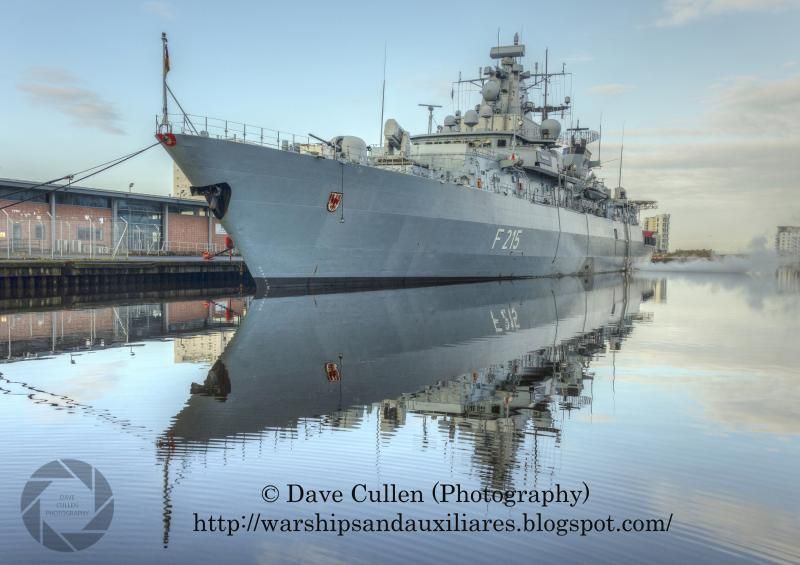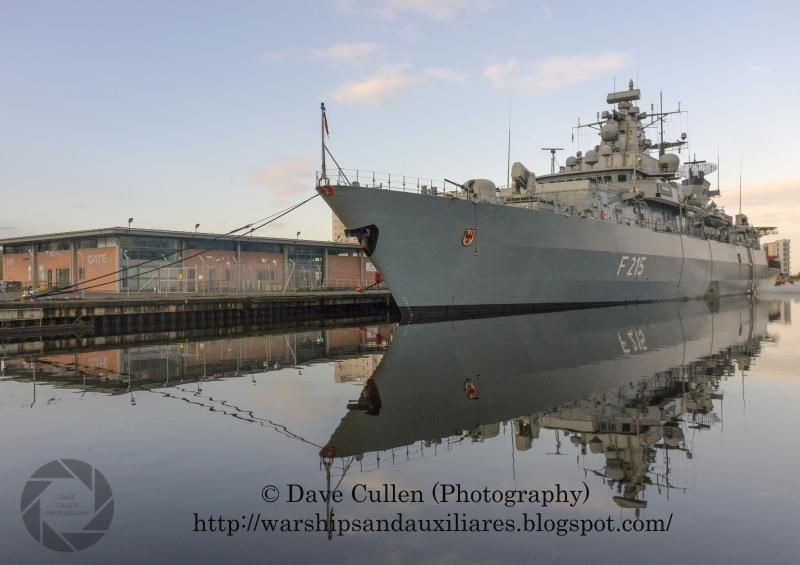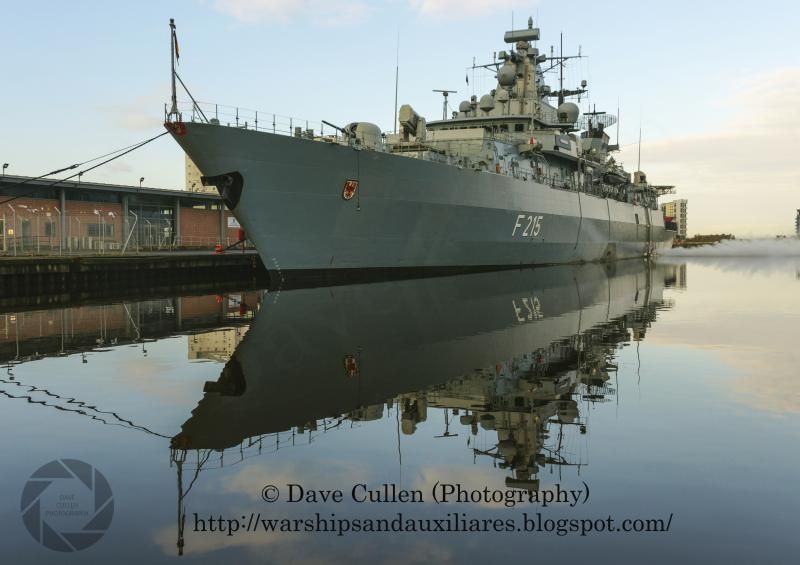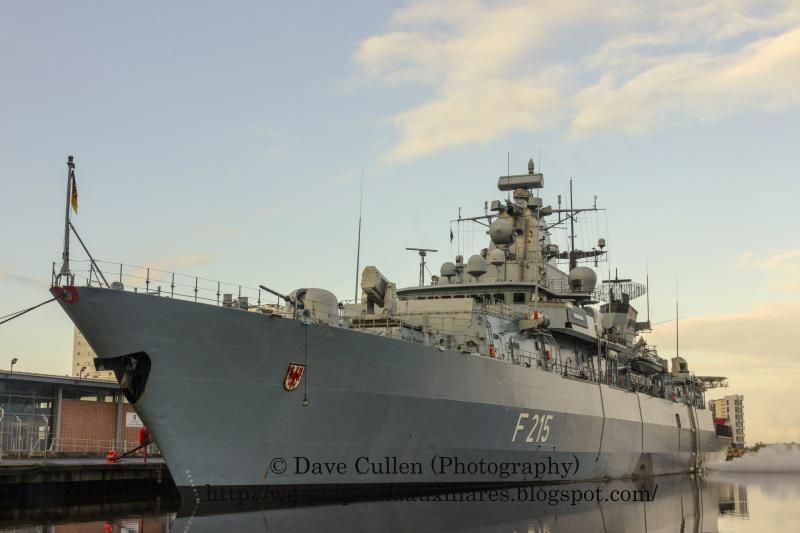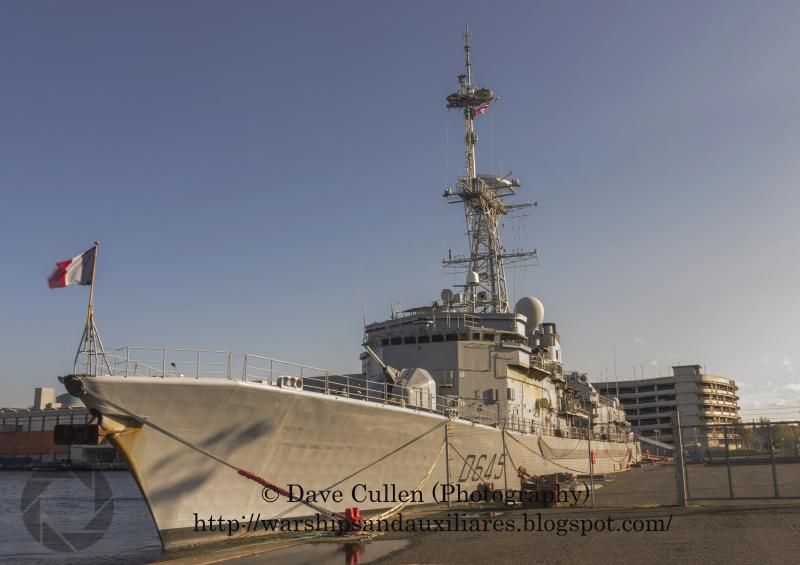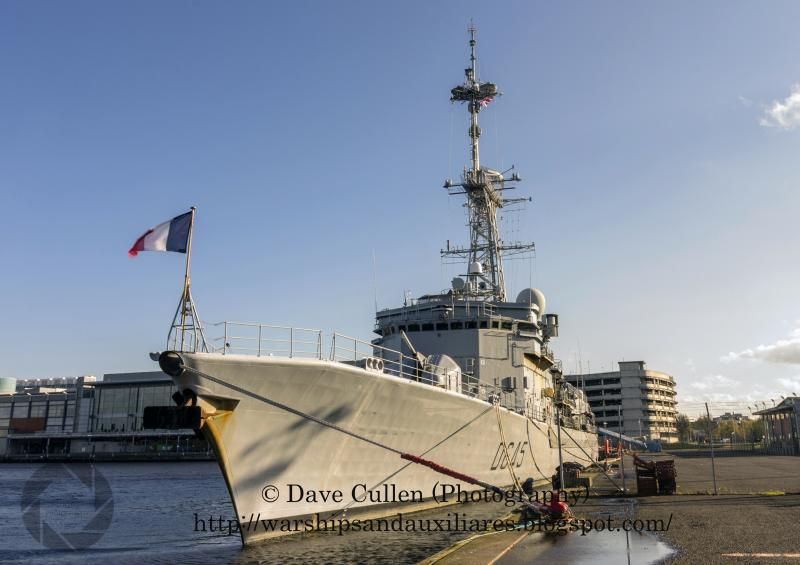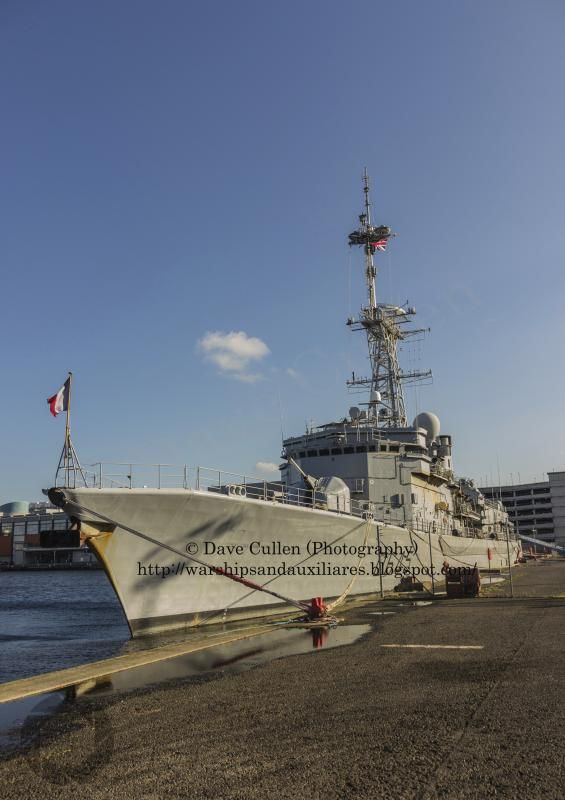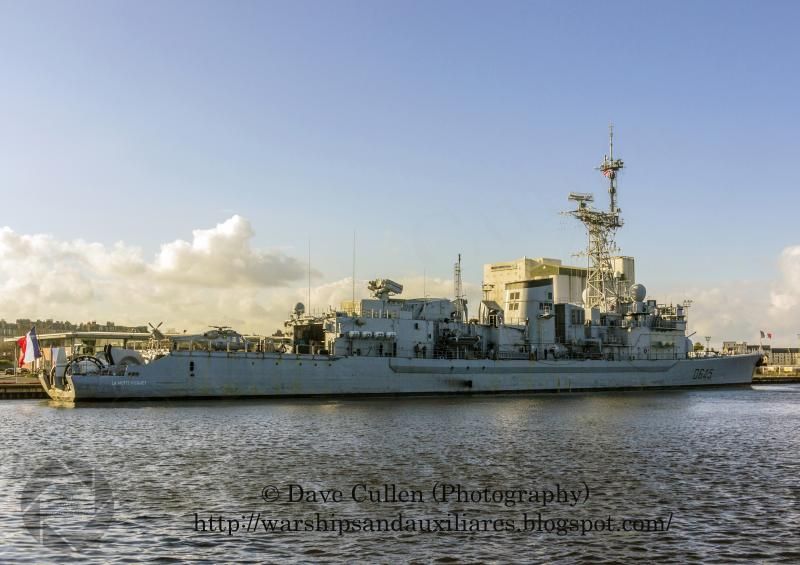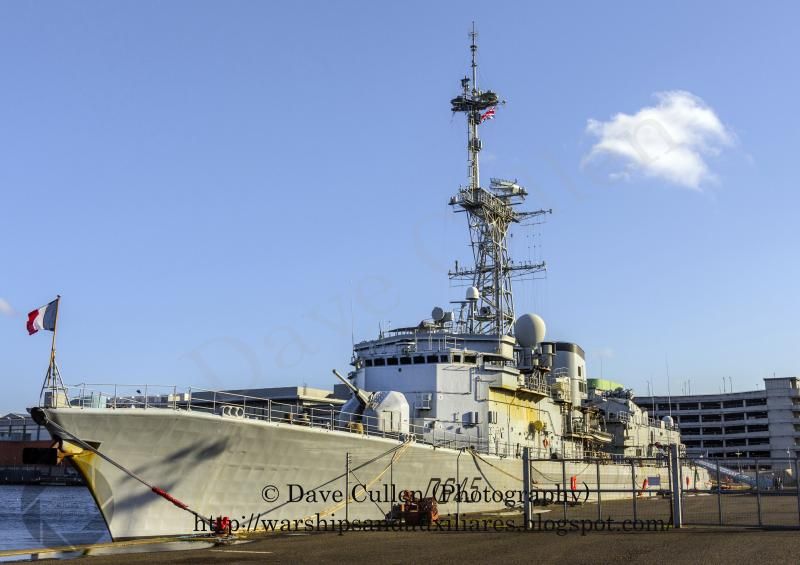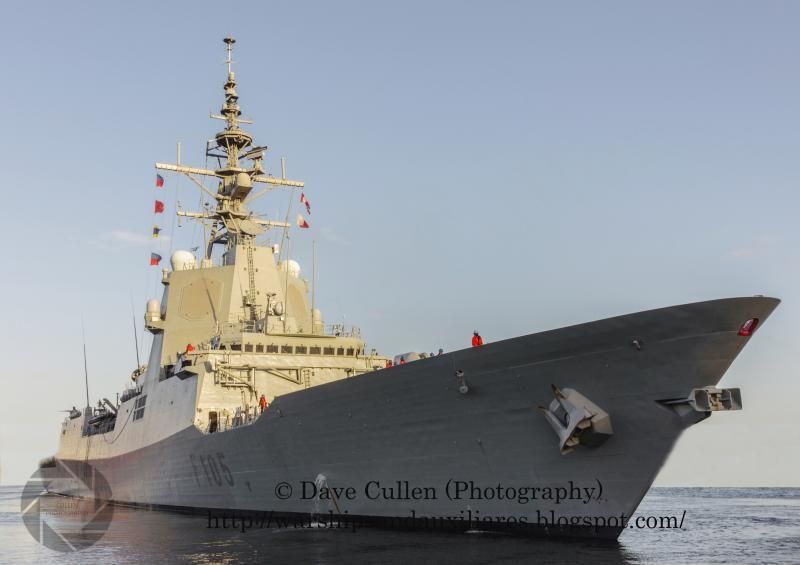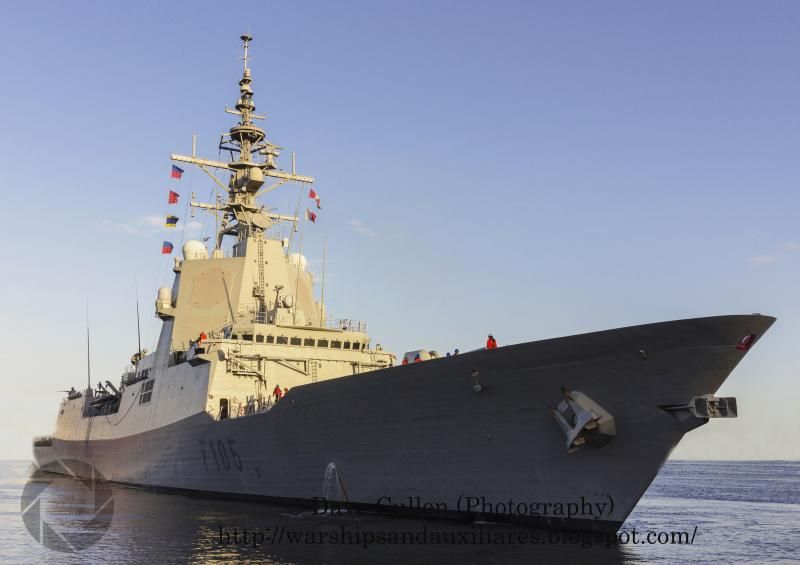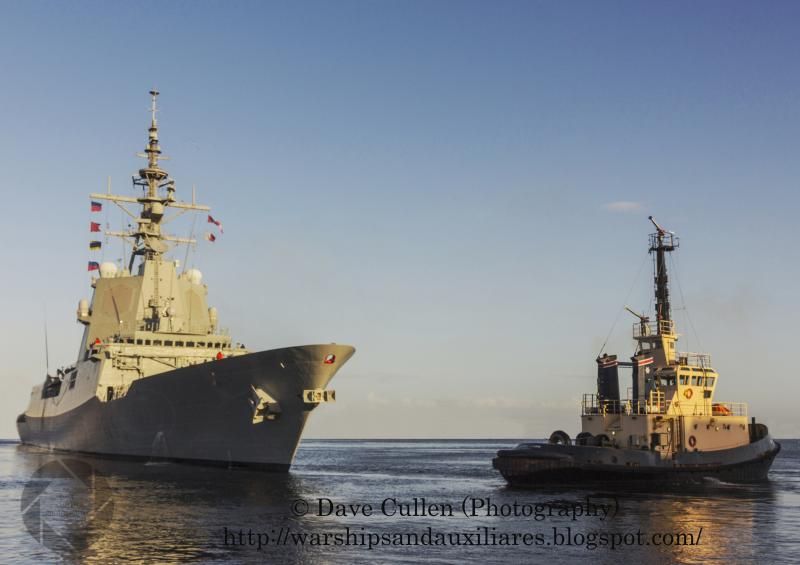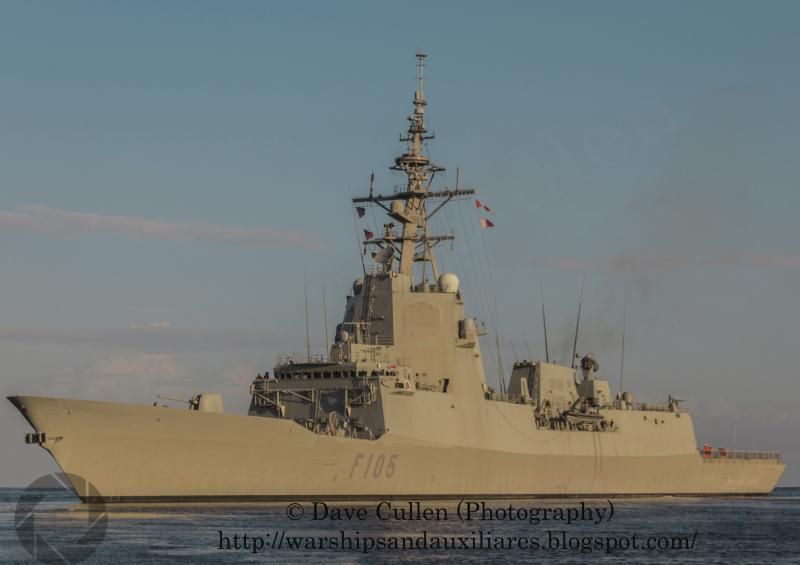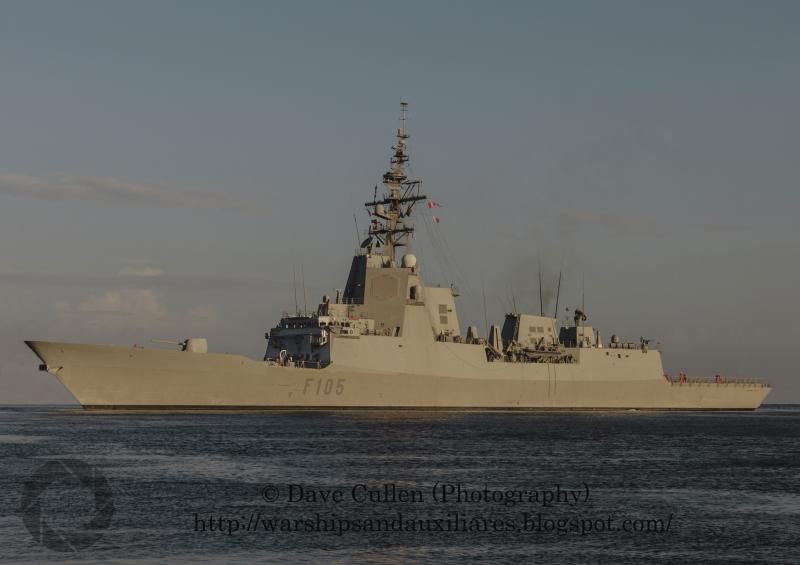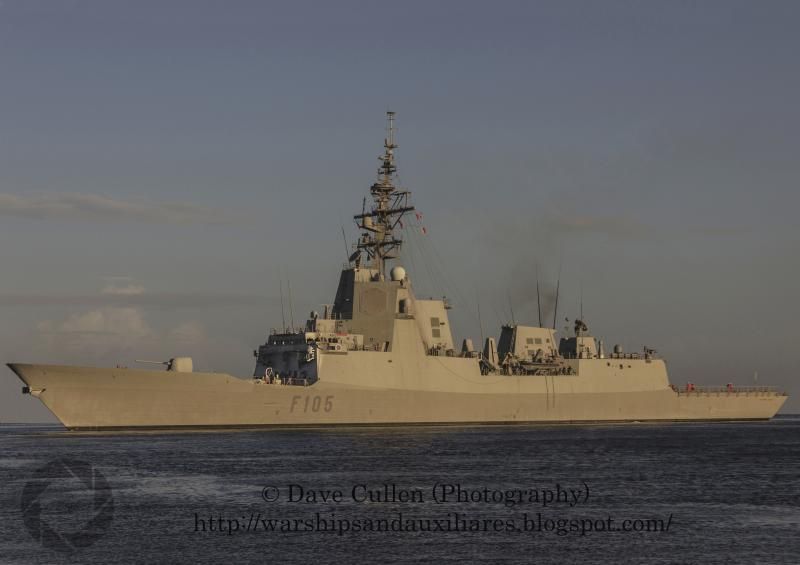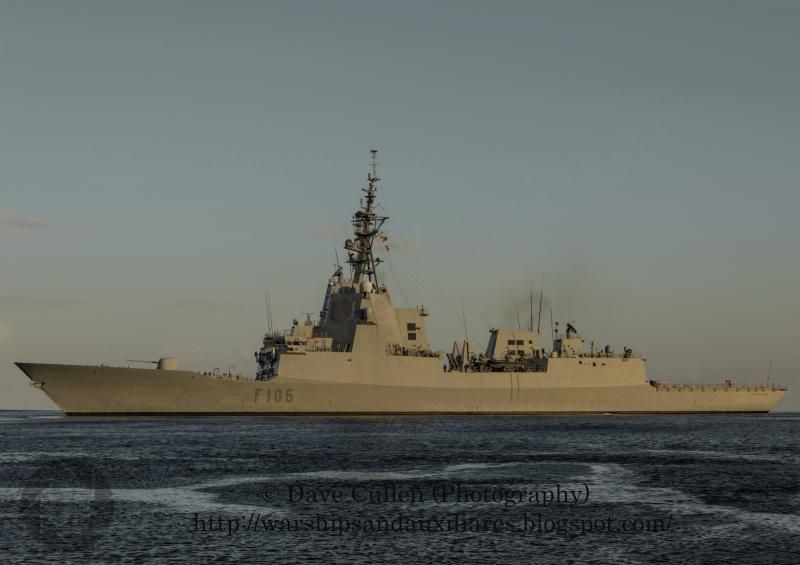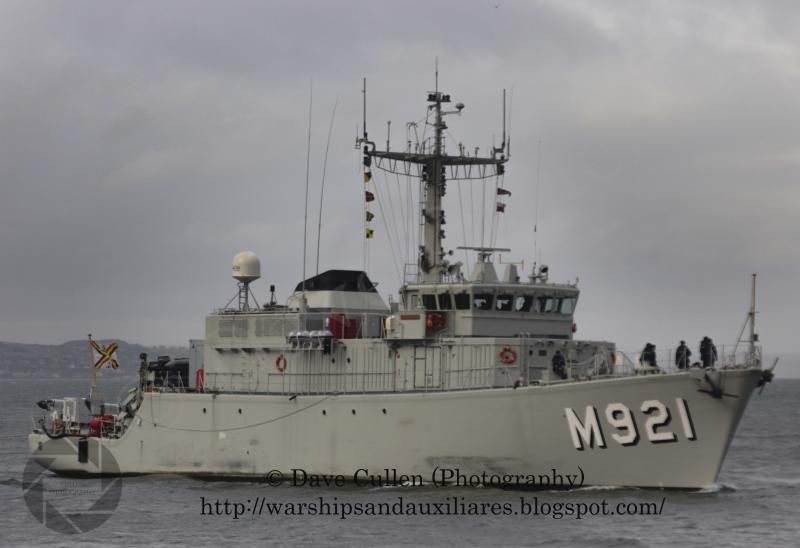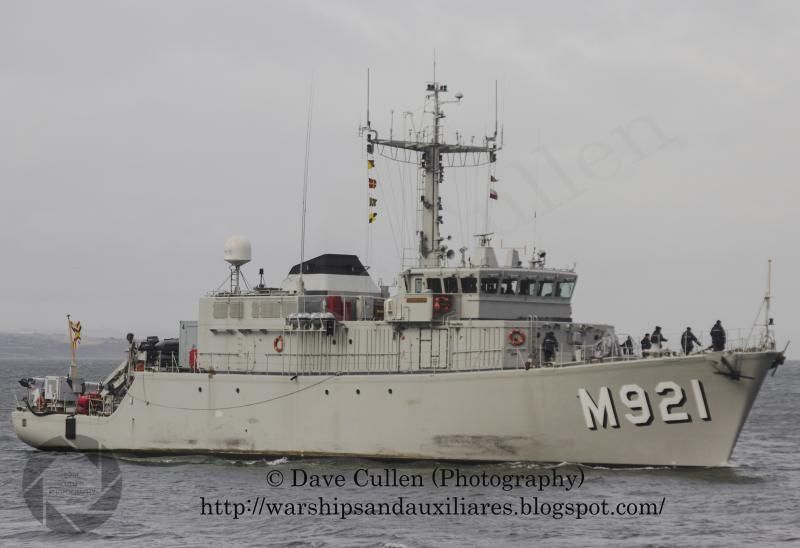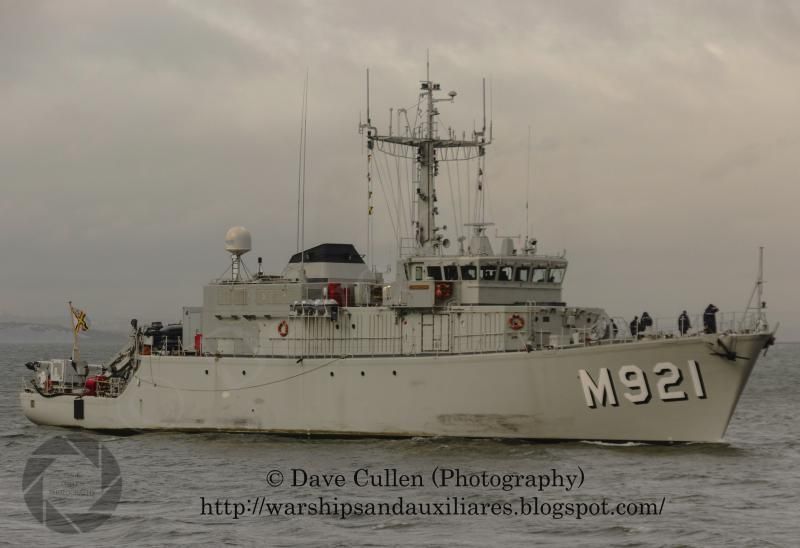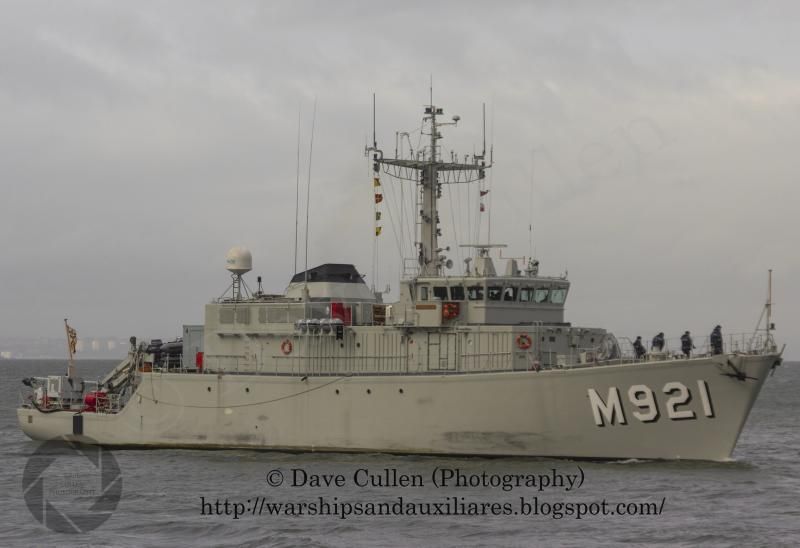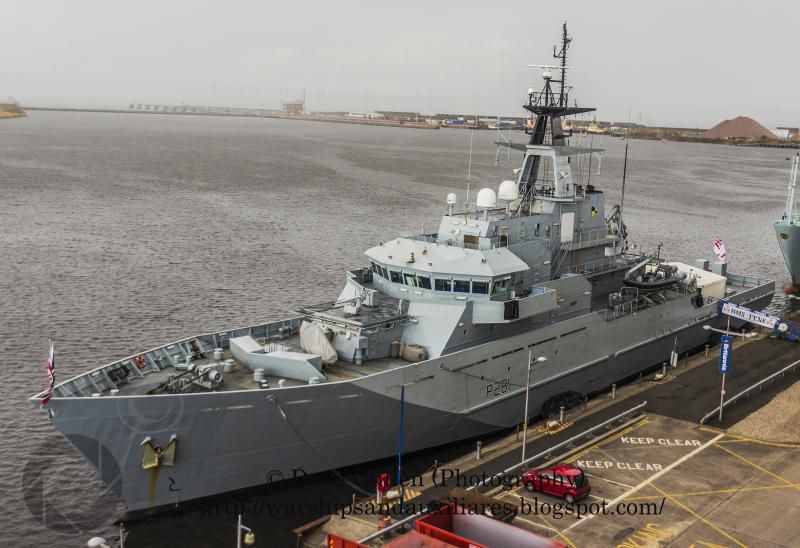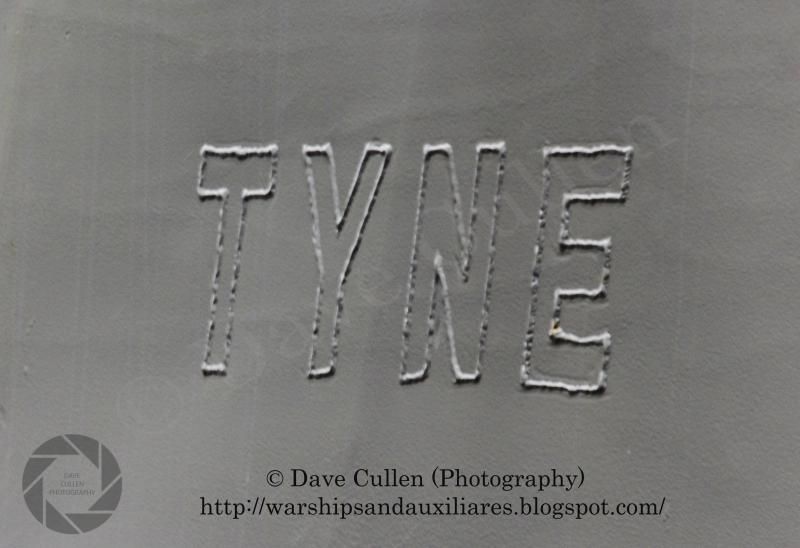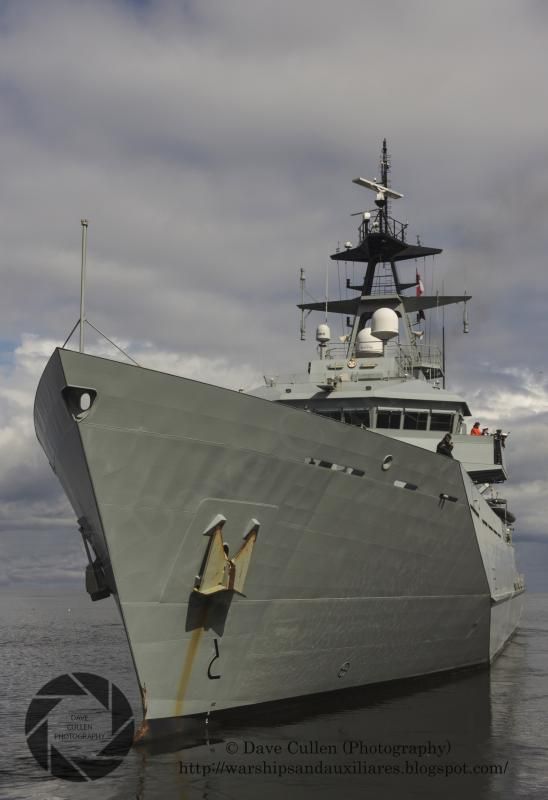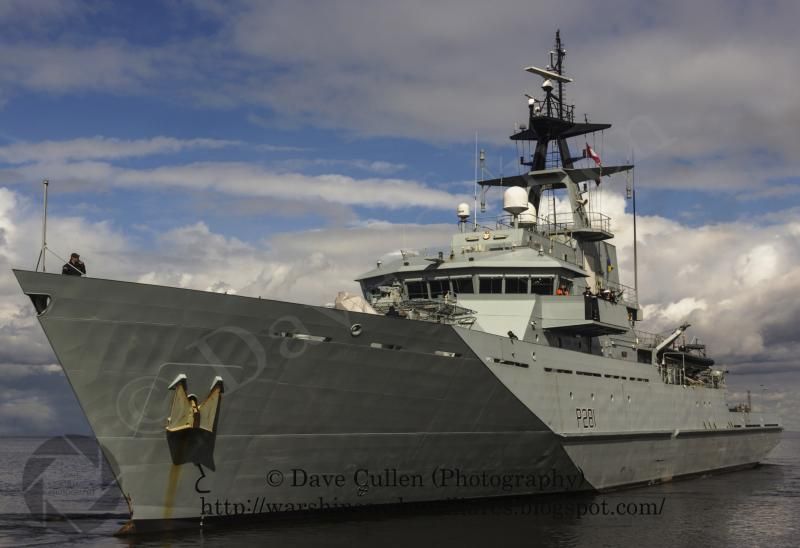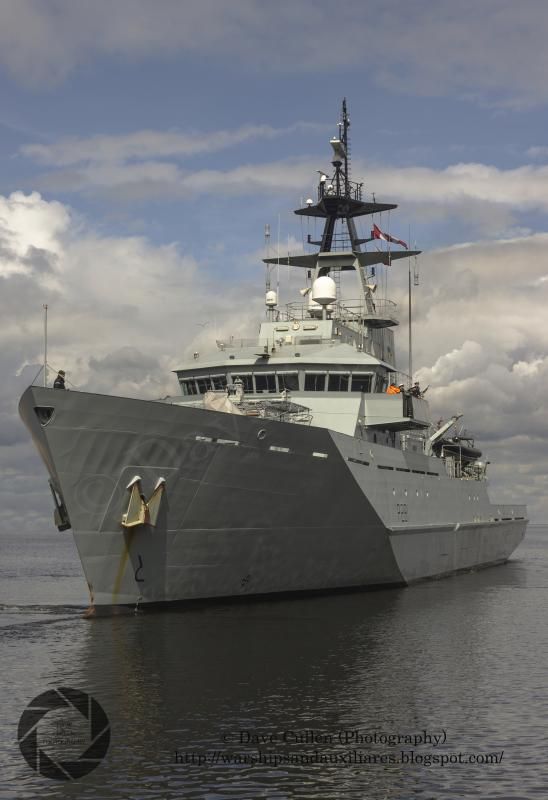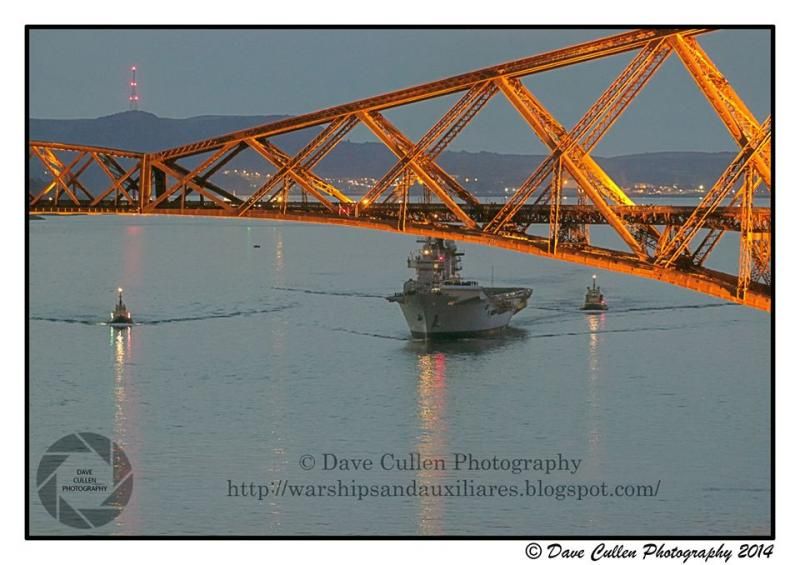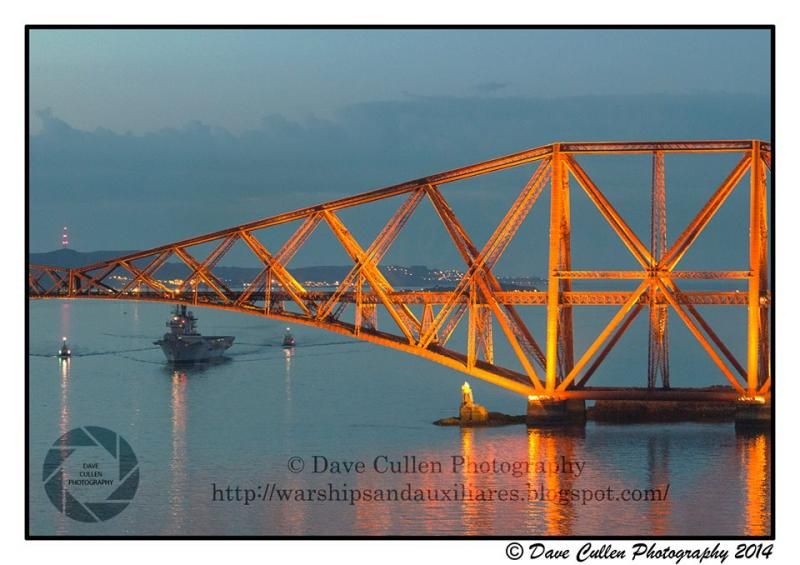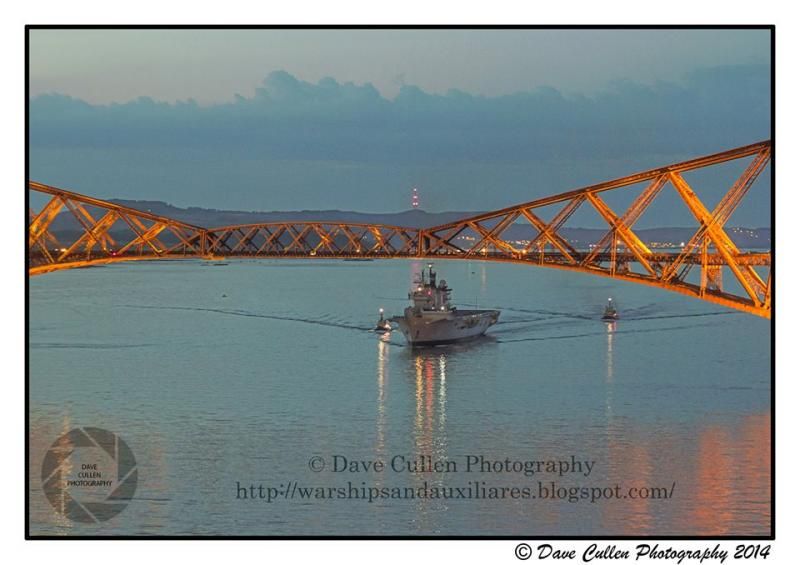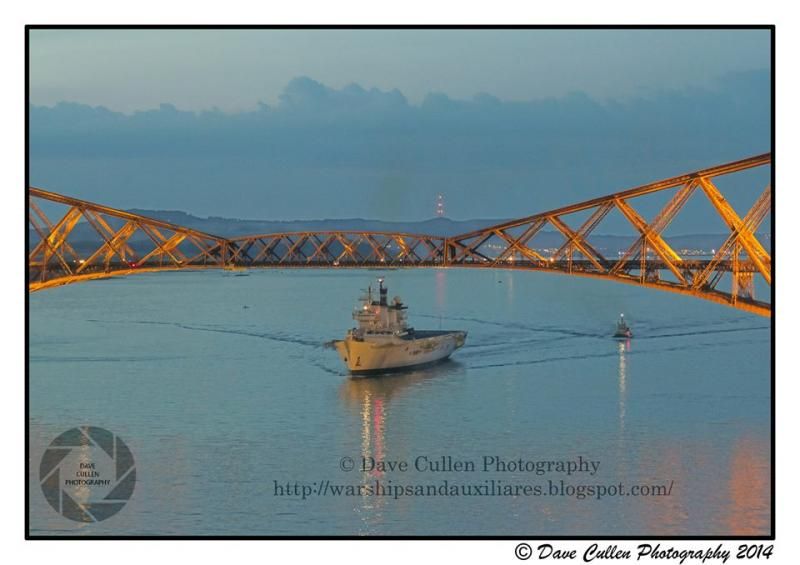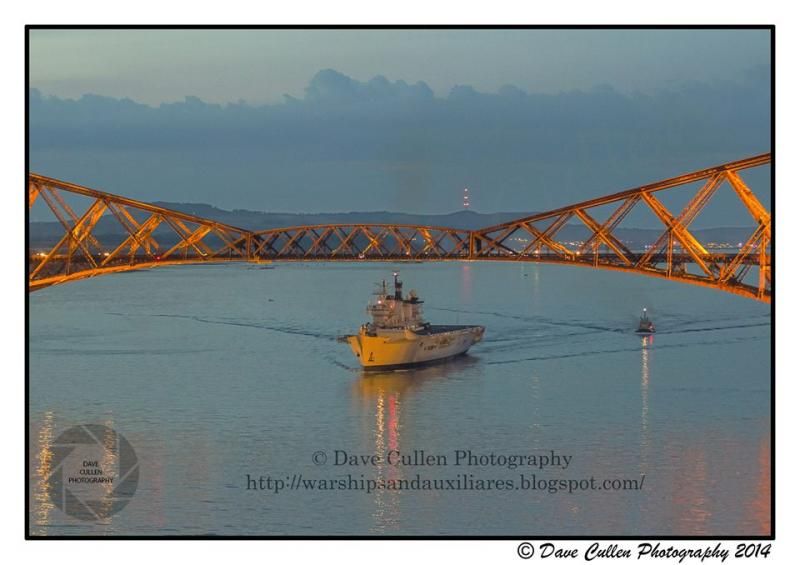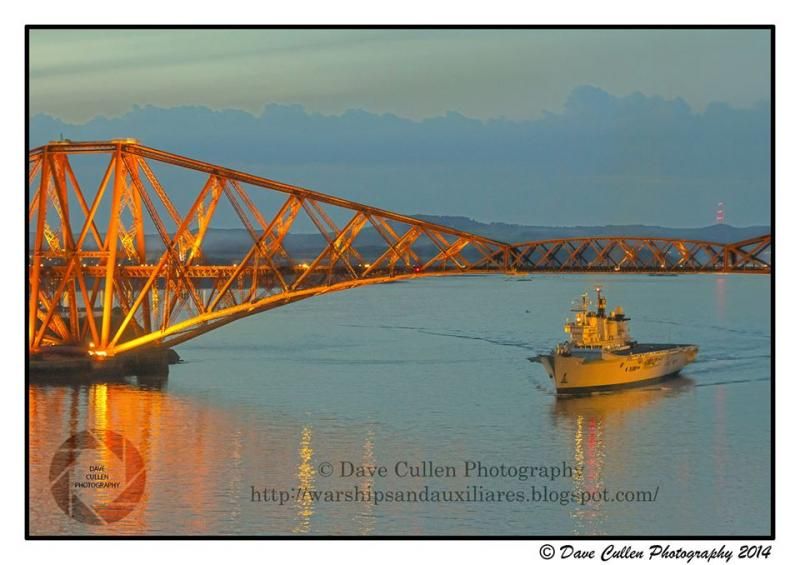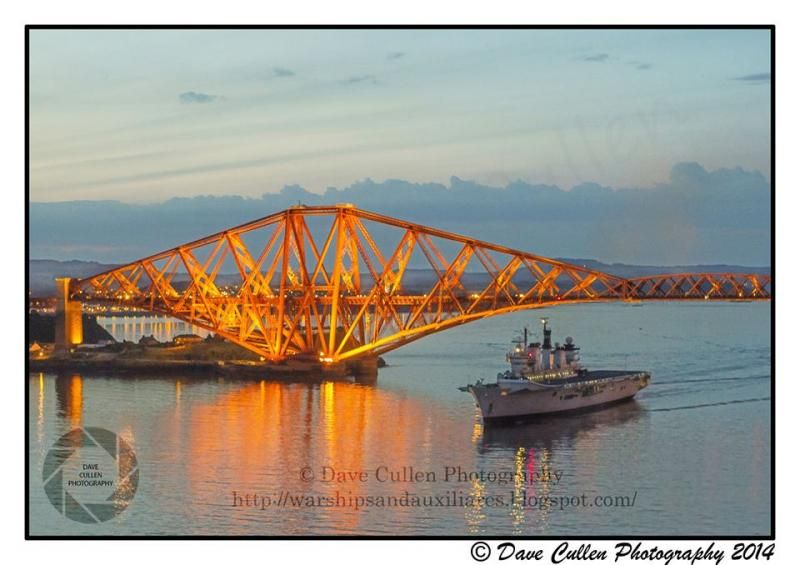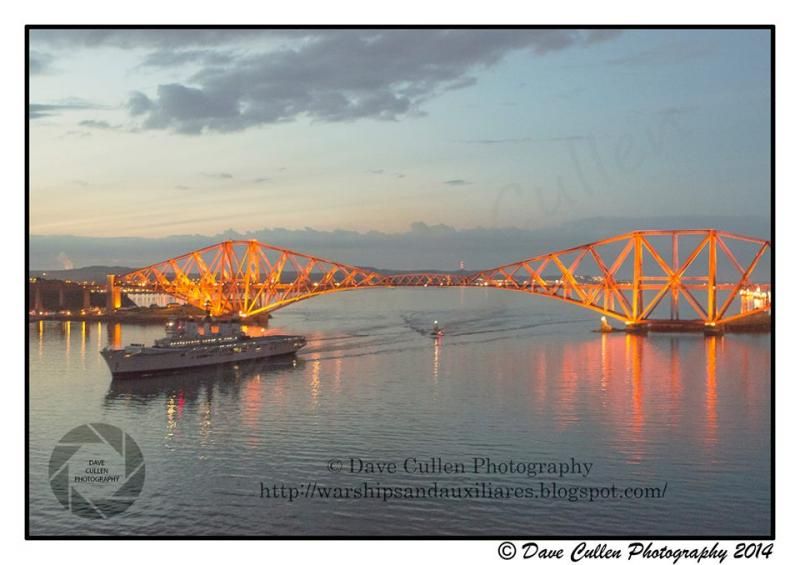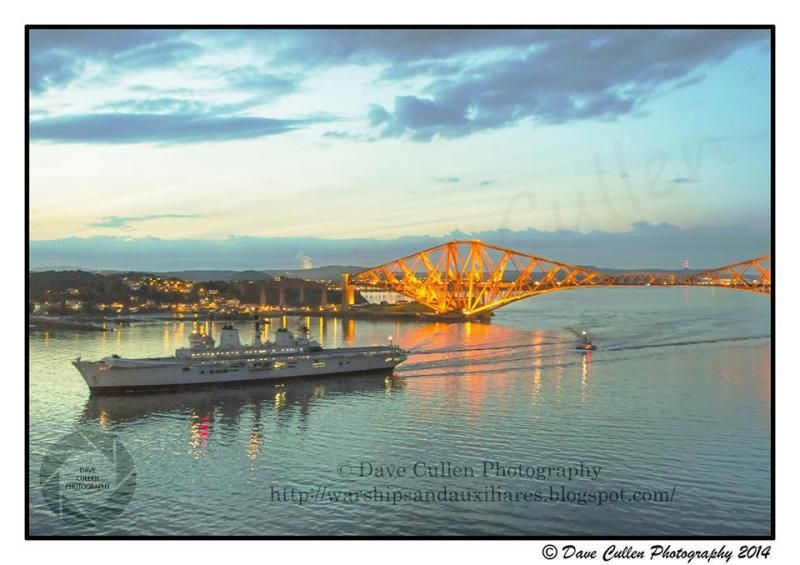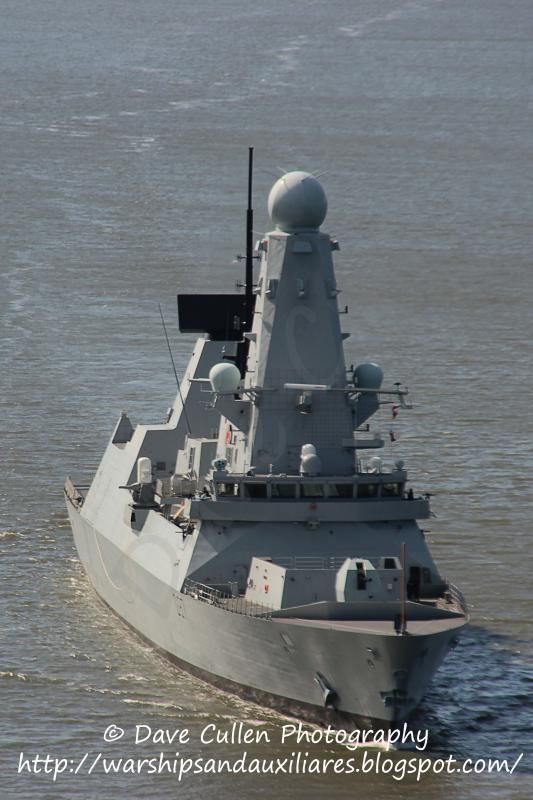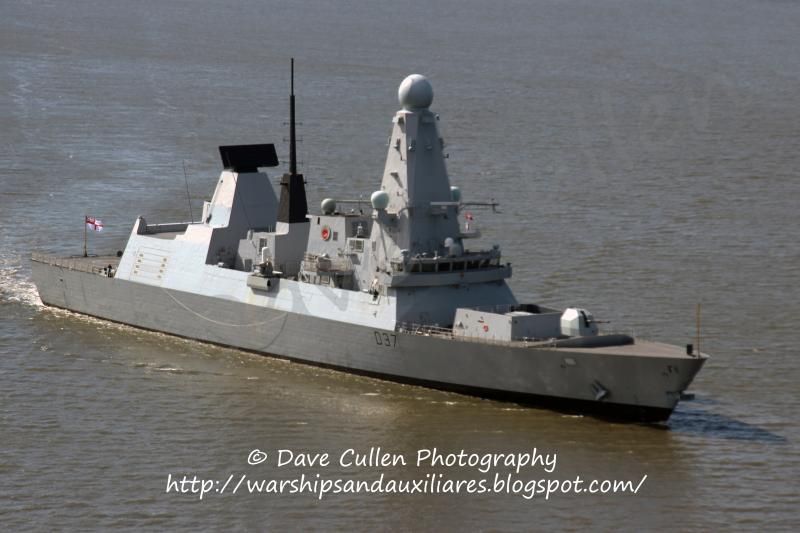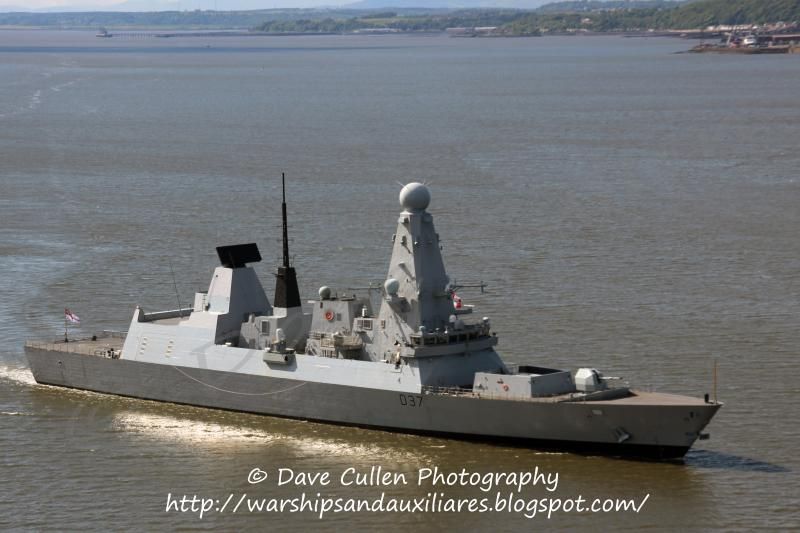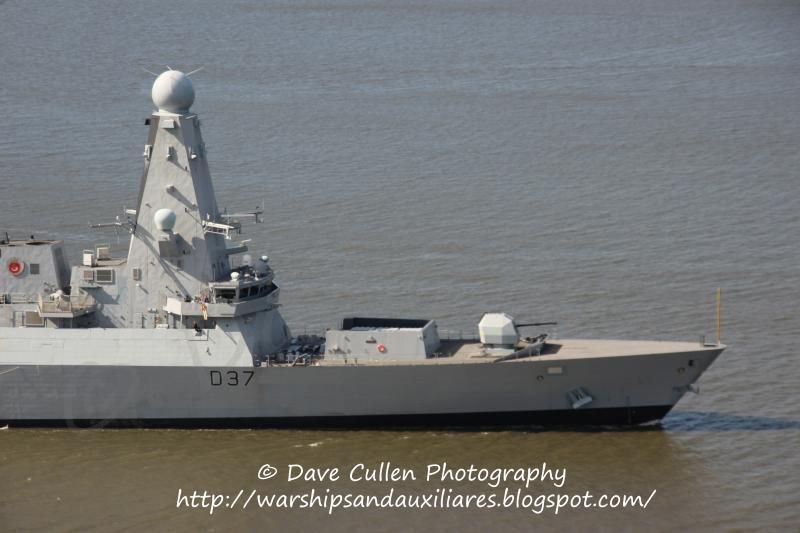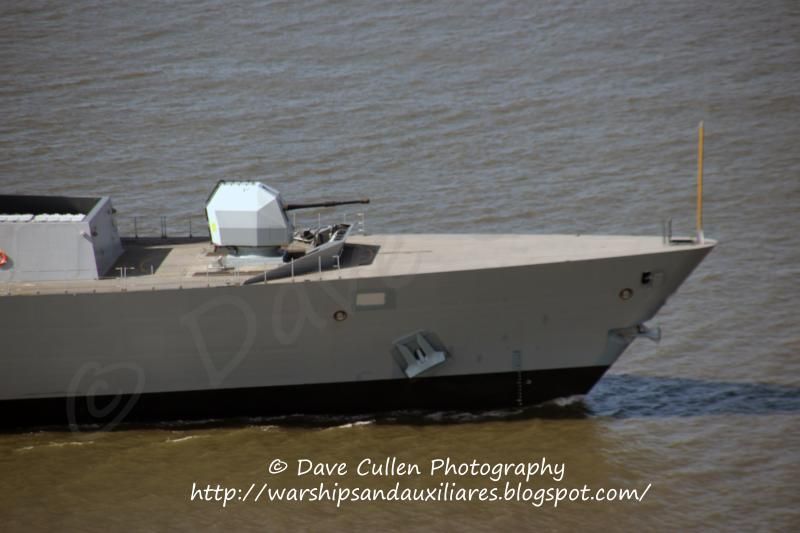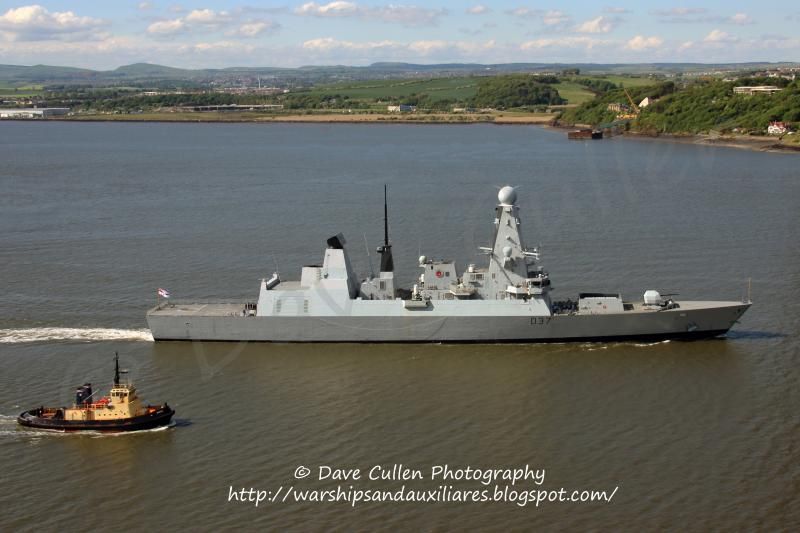The Type 123 Brandenburg Class
frigates were ordered in June 1989 to replace the Hamburg Class. The frigates
are primarily tasked with anti-submarine operations, but they also contribute
to anti-air defence, the tactical command of group forces and surface
operations. The ships form part of the Wilhelmshaven-based 6th frigate
squadron.
Drawing on the experience of the
aborted 'NATO frigate for the nineties' project and the construction of the German
Type 122 multi-mission frigate, as well as German modularisation techniques,
Hamburg shipbuilders Blohm + Voss developed a combined Meko and improved
serviceability Type 122 design.
The all-steel ship has stealth
features, extra space for task group personnel and fin stabilisers. It is
designed to carry two Agusta Westland Sea Lynx mk88 helicopters and a rigid
inflatable boat for boarding operations.
The first ship, Brandenburg
(F215), was built by Blohm + Voss and commissioned in October 1994; the second,
Schleswig-Holstein (F216), was built by Kiel-based shipbuilder Howaldtswerke
and commissioned in November 1995; the third, Bayern (F217), was built by
Emden-based Thyssen Nordseewerke and commissioned in May 1996; and the fourth,
Mecklenburg-Vorpommern (F218), by the Bremen-based builder, Bremer Vulkan,
commissioned in November 1996.
The Brandenburg has a displacement of 4,700t
fully loaded and an overall length of 138.9m. The ship has a maximum speed of
29 knots using the gas turbines and 18 knots using the diesel engines, with a
range of 4,000 nm at 18 knots. The ship can accommodate 118 crew (including 19
air crew).
Brandenburg
is seen in Leith during her visit 7th
– 10th November.
